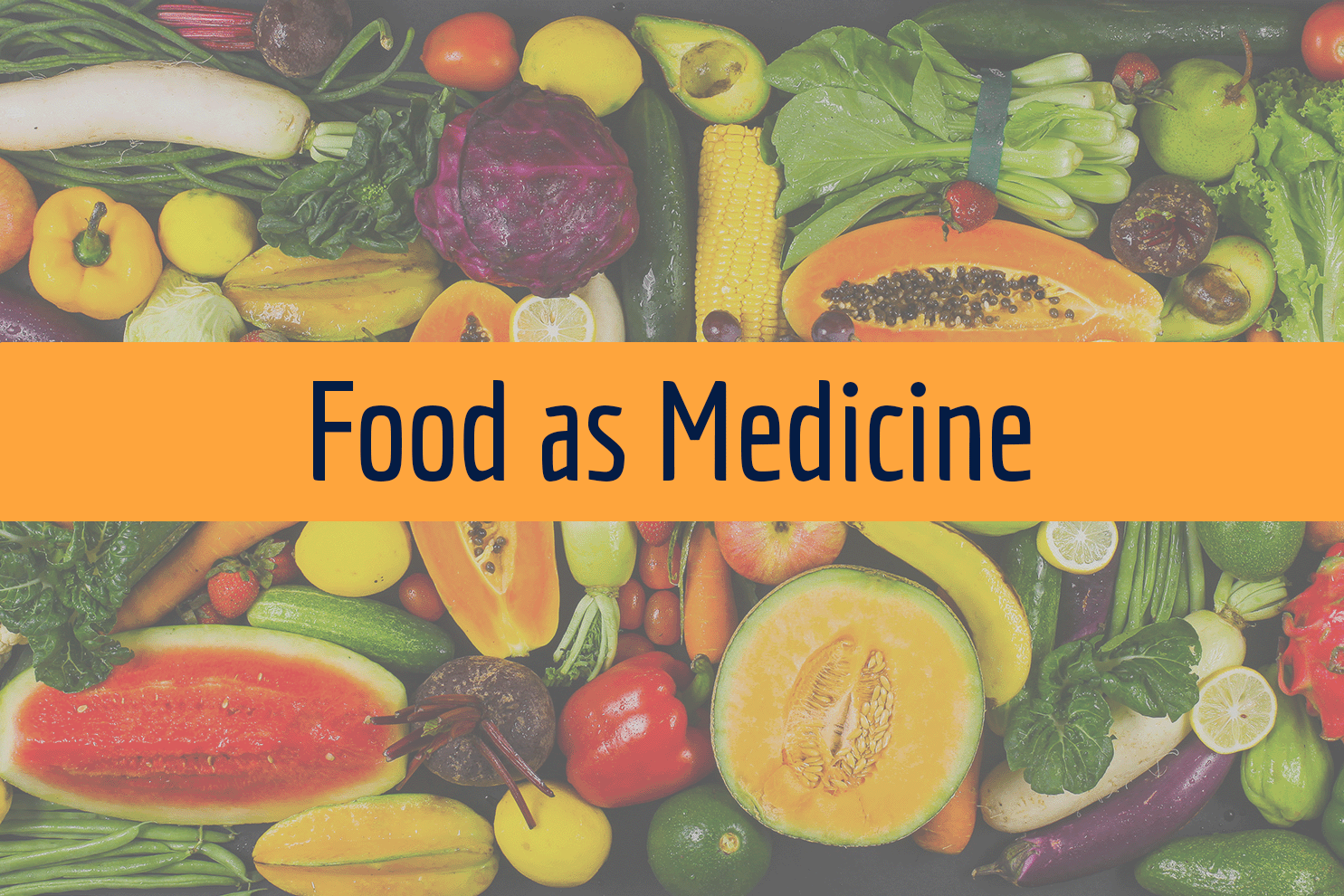Beyond Cost per Meal – Food as Medicine.
By Kevin Ryan, EVP
The challenges related to nutrition and food insecurity (access and affordability) are systemic challenges for our most vulnerable citizens and they require a systemic solution. Millions of people with chronic conditions are having their health put at severe risk when habits, availability, and affordability limit dietary options for food, and exacerbate their health conditions. At the intersection of nutrition and healthcare is the emerging category of ‘food as medicine’ where we have seen increased experimentation to prevent and manage these chronic conditions.
- Reasons why food-insecure people are vulnerable to obesity and poor nutrition include limited resources to obtain healthy food, access to healthy, affordable foods, lack of resources to cook, store and preserve food, high levels of stress, anxiety, and depression.[1]
- The U.S. Department of Agriculture found that food insecurity affects 11 percent of U.S. households. Moreover, individuals who are food insecure are disproportionally affected by chronic diseases, including diabetes, high blood pressure and obesity, which exacerbates adverse effects on overall health and wellbeing.[2]

From “Sick Care” to Value-Based Care.
Much has been written about the transition of our healthcare system from “sick care” to a value-based care delivery system that prioritizes improved health outcomes. In recent years we have seen the widespread adoption of telehealth, increase in mental health utilization, focus on comprehensive primary care and countless innovations in the digital health space finally bringing us towards a healthcare industry trying to keep us ‘well’ instead of rewarding an episodic response to an adverse health event. Unfortunately, we have made insufficient progress in the recognition that nutrition is a critical ingredient towards improved health outcomes. Americans experiencing food insecurity – especially those with chronic conditions are disproportionately impacted though food and nutritional challenges. We have an opportunity to incorporate the same lessons for nutrition that are being deployed for members and patients in improving health outcomes related to chronic conditions.
Companies like Season[3] are helping health plans and payers tackle the cost of specific chronic conditions, made worse by lack of access to nutritious food by providing tailored meal plans developed by nutritionists and then coordinating food delivery through partnerships with grocery stores.
Lessons Learned
Prevention works. Cholesterol tests, cancer screens, and well-baby visits have all become a standard of care saving millions of lives and there is little debate about how greater use of proven clinical prevention services would avert the loss of millions more. Unfortunately, with food, we are adopting the episodic-response practice instead of focusing on prevention. Medicare Advantage members are receiving a supplemental benefit of 2 weeks of meals following a discharge from an in-patient or skilled nursing facility. While these meals may help to improve the patient’s recovery from the convenience of their home, they do little to adjust the long-term intake of their members. 45.6% of adults continue to have poor-quality diets when the medically tailored meals run out. Health plans must invest in the critical role of preventive nutrition in overall health in the same way they have invested in the role of preventive cancer screening. Examples could include a plan sponsored nutritional benefit with access to healthy recipes and education classes focused on improving diet and health literacy.
Be condition specific. We don’t treat cardiovascular patients the same way we treat cancer yet most nutritional programs take a one size fits all approach. The cost of chronic diseases associated with diet alone has been estimated to exceed $1.72 trillion. We now know the importance of nutrition in the prevention and management of chronic diseases, such as heart disease, cancer, diabetes, obesity, and autoimmune and inflammatory diseases. Food should be ‘prescribed’ for these conditions. A customized approach tailored to the cultural, regional, and personal preferences of a member is necessary.
Use better engagement strategies. In 2019, it was reported that fast food advertising exceeded six billion dollars. While some of these establishments have started providing healthier options, they have devoted four to six times as much to advertising low-cost value meal bundles than to healthier options. Among US children, increases in daily calories since the 1970s can be attributed entirely to increased foods eaten outside the home, mostly from fast food. The importance of nutrition and healthy meal options must be reinforced at every level of the healthcare ecosystem as we will continue to be outspent by fast food.
Provide incentives. The Supplemental Nutritional Assistance Program (SNAP) has been a tremendous success in fighting hunger and has reduced poverty and food insecurity in the long run, but it is not enough. Incentive programs have been shown to increase the consumption of fruits and vegetables. The next evolution of this benefit is to provide an enhanced program linking healthy recipes from a medically tailored meal program with additional funding from at-risk entities who will contribute to a grocery benefit on a single wallet card.
What’s Next
The recognition of food as medicine is a welcome trend in the United States. As payers and health systems innovate in this space to bring food as medicine at scale, we must be aware of the cautionary tale of a reactive system focused on a cure instead of prevention. Insurers purchasing meal delivery kits can’t be exclusively focused on a cost per meal – they need to think holistically about changing behavior in a culturally relevant way. This can be done by bringing the lessons of preventive care tailored for the individual through long-term behavior change and targeted and tailored food prescriptions.







Stay In Touch